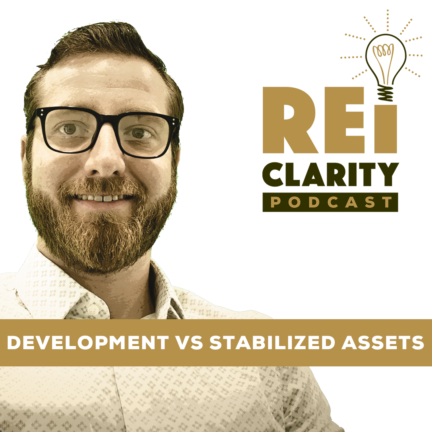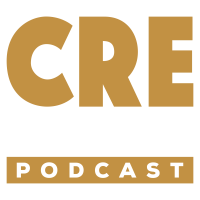
Today we’re talking with an investor who is at the top of his game. Our guest is Ryan Webster, the founder of Equity Yield Group, which has $250M in assets under management. In this episode, we talk about how to transition from the development side to managing existing properties, the key fundamentals of finding a good deal, and how institutional money works.
If you’re looking to acquire stabilized assets and grow your portfolio significantly, then tune in to our conversation!
Learn more about Ryan and his journey at reiclarity.com!
“There’s a lot of inherent execution risk and market cyclical risk on the development side and I wanted to mitigate that.”
02:31
Ryan started on the construction side of real estate and had a construction development company. Over the years, he moved around within the industry and finally landed on the acquisition of stabilized assets.
Ryan talks about the difference between being on the development side and being an asset manager. Development has a significantly higher risk factor but it can have a better return. Stabilized assets are more predictable and reliable with a smaller potential return. The tax benefits are better with stabilized assets.
“I think it’s important to focus on the fundamentals of business and real estate investing and not just buying things because cap rates are compressing and the market is going crazy right now.”
8:52
Ryan’s company is acquiring 100+ doors in the large multifamily space. He finds investors through syndication and his investors range from retail to institutional investors.
Ryan shares his key fundamentals when looking for a deal:
- Stable population growth.
- Diverse and growing job market.
- Areas with not a lot of land to avoid new development.
“Real estate is a great asset class – it’s always been a very low-risk stable investment and one of the greatest wealth builders over time that comes with maximum tax benefits.”
21:06
Ryan talks about the exit piece in his business plan. He always plans a 5-year hold with his properties. The actual exit is determined by the market conditions and asset performance.
A long-term hold is not always possible with institutional investors as they usually have some control over the exit terms.
Mentioned in the show:
- https://equityyieldgroup.com/
- His LinkedIn
- www.shineinsurance.com/reiclarity
Learn how to grow your portfolio and reach incredible success the right way! Visit us here for everything you need to know: www.shineinsurance.com/reiclarity.
Special thanks to Ryan Webster for taking the time to share so many great insights with us
If you enjoyed this podcast, there’s a couple of things we need you to do right now:
- SUBSCRIBE to REI Clarity on Apple Podcast, Spotify, or wherever you listen to podcasts
- While your there, please RATE & REVIEW the show
- SHARE with friends
- Finally, please, JOIN the REI Clarity Facebook Group
Then, please share the show with whoever you think it will inspire.
Until the next time, We truly appreciate you listening.
Need the REI Insurance Guy?

More great stories & information at:

